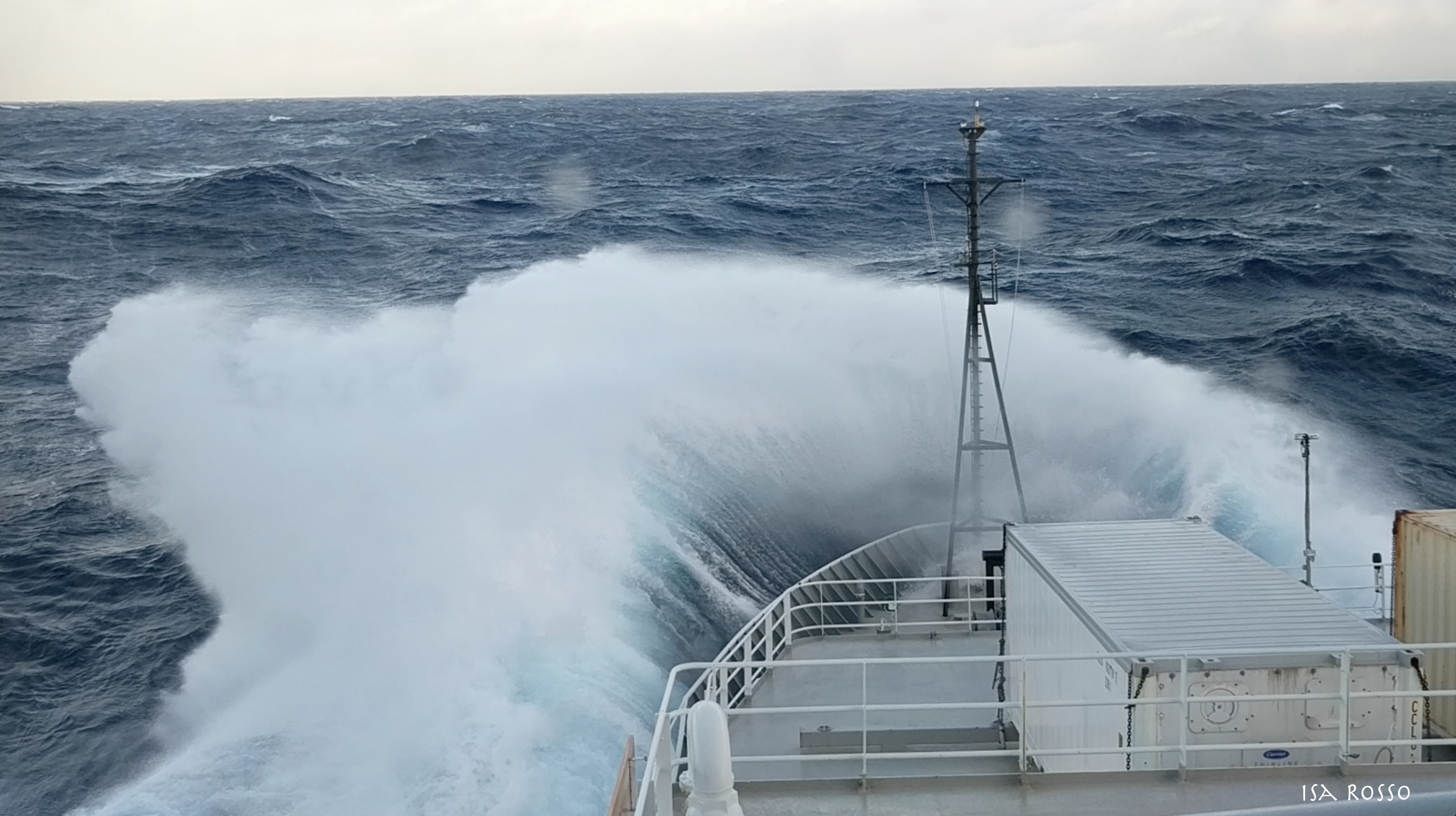This web site is supported by grant funds from the National Science Foundation. Any opinions, findings, and conclusions or recommendations expressed in this web site are those of the PIs and do not necessarily reflect the views of the supporting Federal agency.
Copyright UC San Diego, Scripps Institution of Oceanography | WordPress Login







